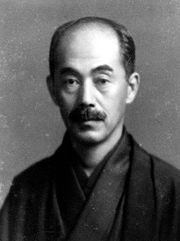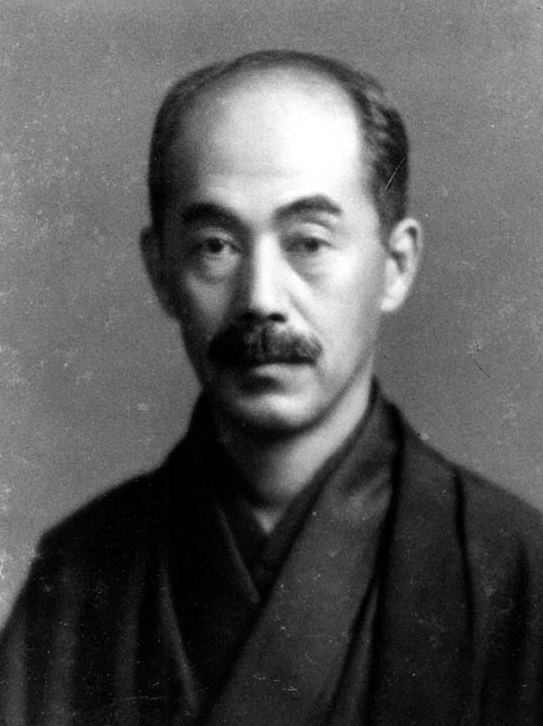Name Kunio Yanagita Role Writer | Died 1962 Education University of Tokyo | |
 | ||
Books The legends of Tono, 祖先の話, A Blank in the Weather Map Similar People Shinobu Orikuchi, Kunio Yanagida, Natsuhiko Kyogoku, Kyoka Izumi | ||
Kunio Yanagita (柳田 國男, Yanagita Kunio, July 31, 1875 – August 8, 1962) was a Japanese scholar and considered the father of Japanese native folkloristics, or minzokugaku.

Born Kunio Matsuoka in Fukusaki, Hyōgo Prefecture to Yakusai Matsuoka, a local physician. The fifth of eight children, Yanagita's prospects of inheritance were poor. A prominent court justice with no sons, Naohei Yanagita saw the ambitious Matsuoka a promising heir and offered his daughter Taka's hand in marriage in exchange for adopting the family name. Kunio recognized the benefit of adopting the Yanagita name, and was formally adopted into the family in 1901.
After graduating with a degree in law from Tokyo Imperial University, he became employed as a bureaucrat in the Ministry of Agriculture and Commerce. In the course of his bureaucratic duties, Yanagita had the opportunity to travel throughout mainland Japan. During these business trips, Yanagita became increasingly interested in observing and recording details pertaining to local village customs. Under the influence of literary friends such as the writer Shimazaki Toson, Yanagita published works supposedly based on local oral traditions such as Tales of Tono (1912). He collaborated extensively with folklorist Kizen Sasaki, and they published several books together.
Yanagita's focus on local traditions was part of a larger effort to insert the lives of commoners into narratives of Japanese history. He argued that historical narratives were typically dominated by events pertaining to rulers and high-ranking officials. Yanagita claimed that these narratives focused on elite-centered historical events and ignored the relative uneventfulness and repetition that characterized the lives of ordinary Japanese people across history. He emphasized the unique practices of different groups of common people, such as sanka or mountain dwellers, and island dwellers. His work is frequently groundbreaking and sometimes has unique cultural records.
